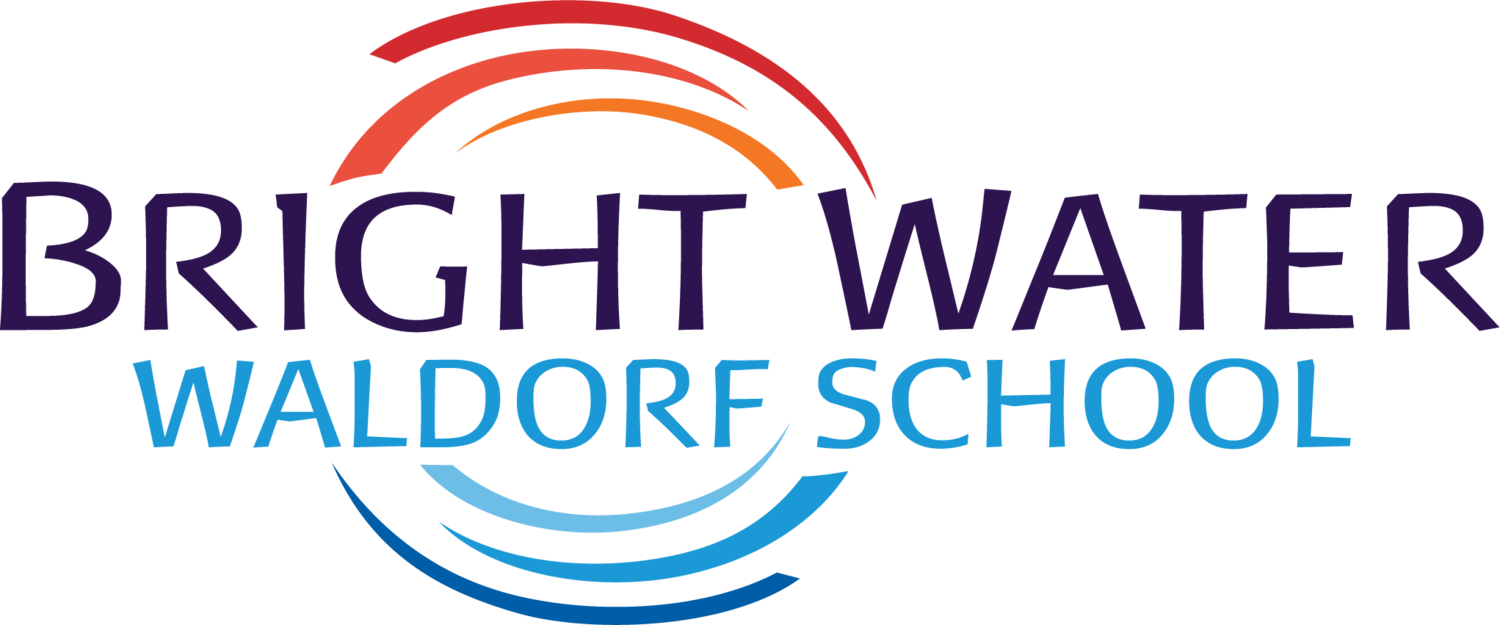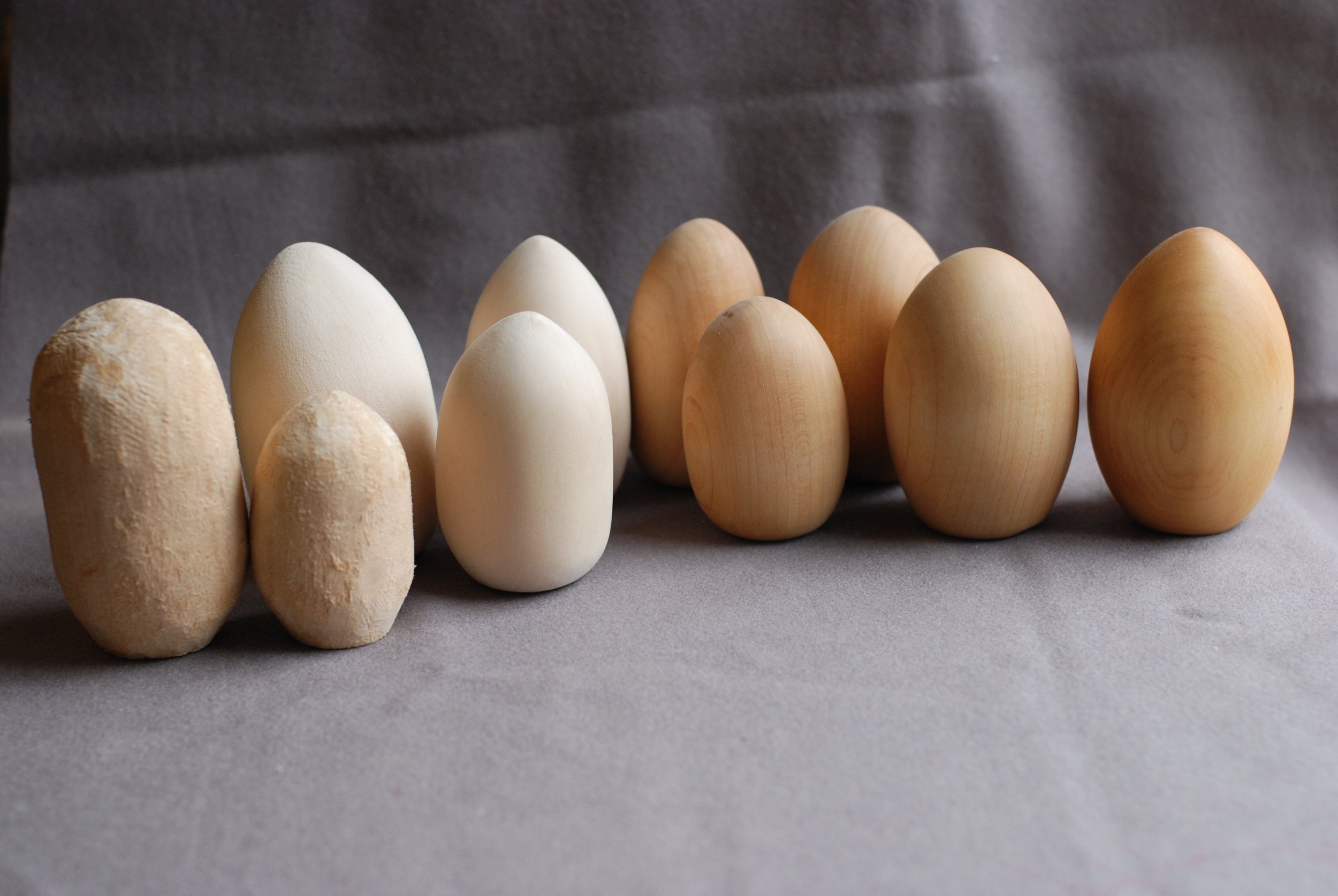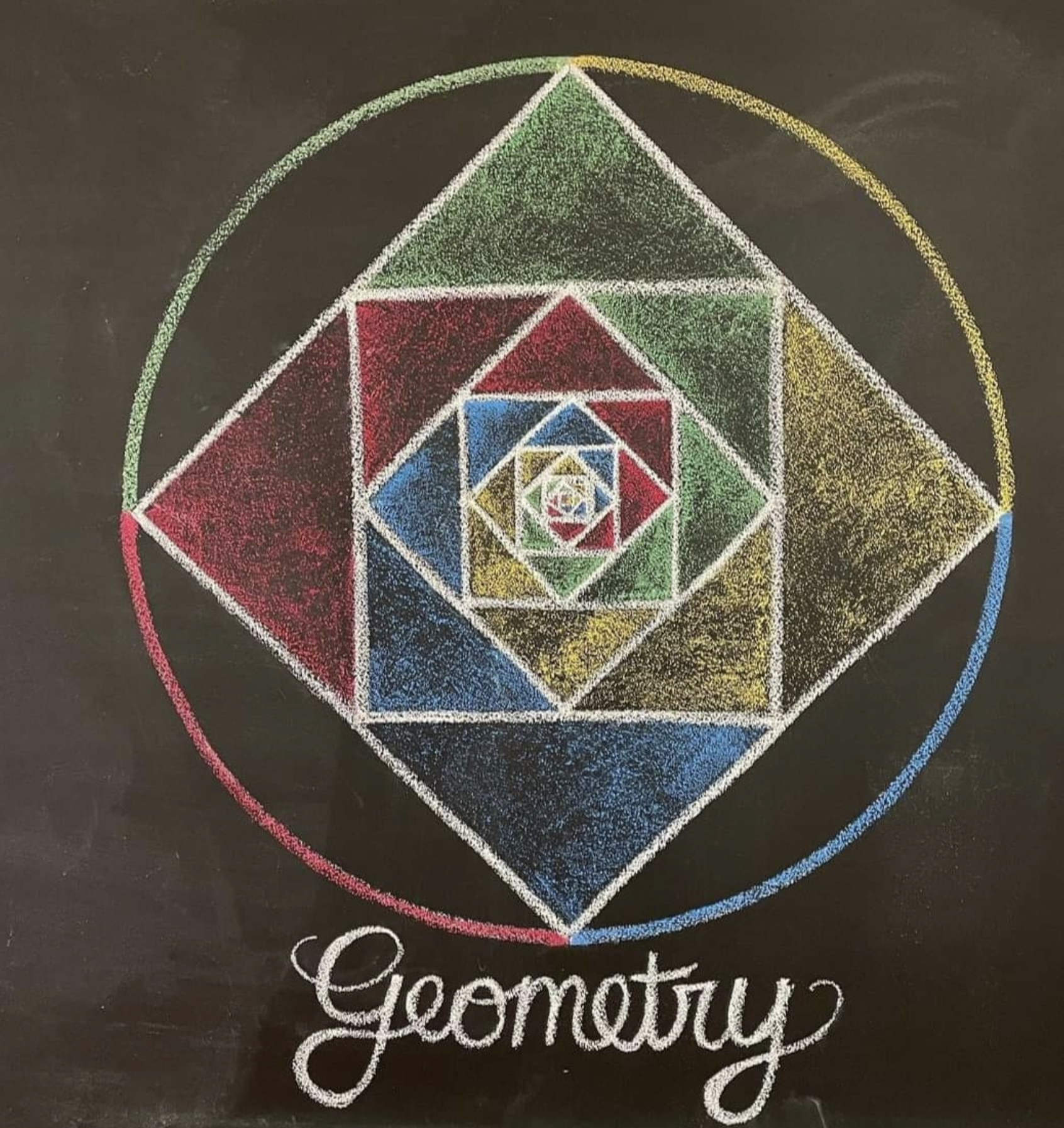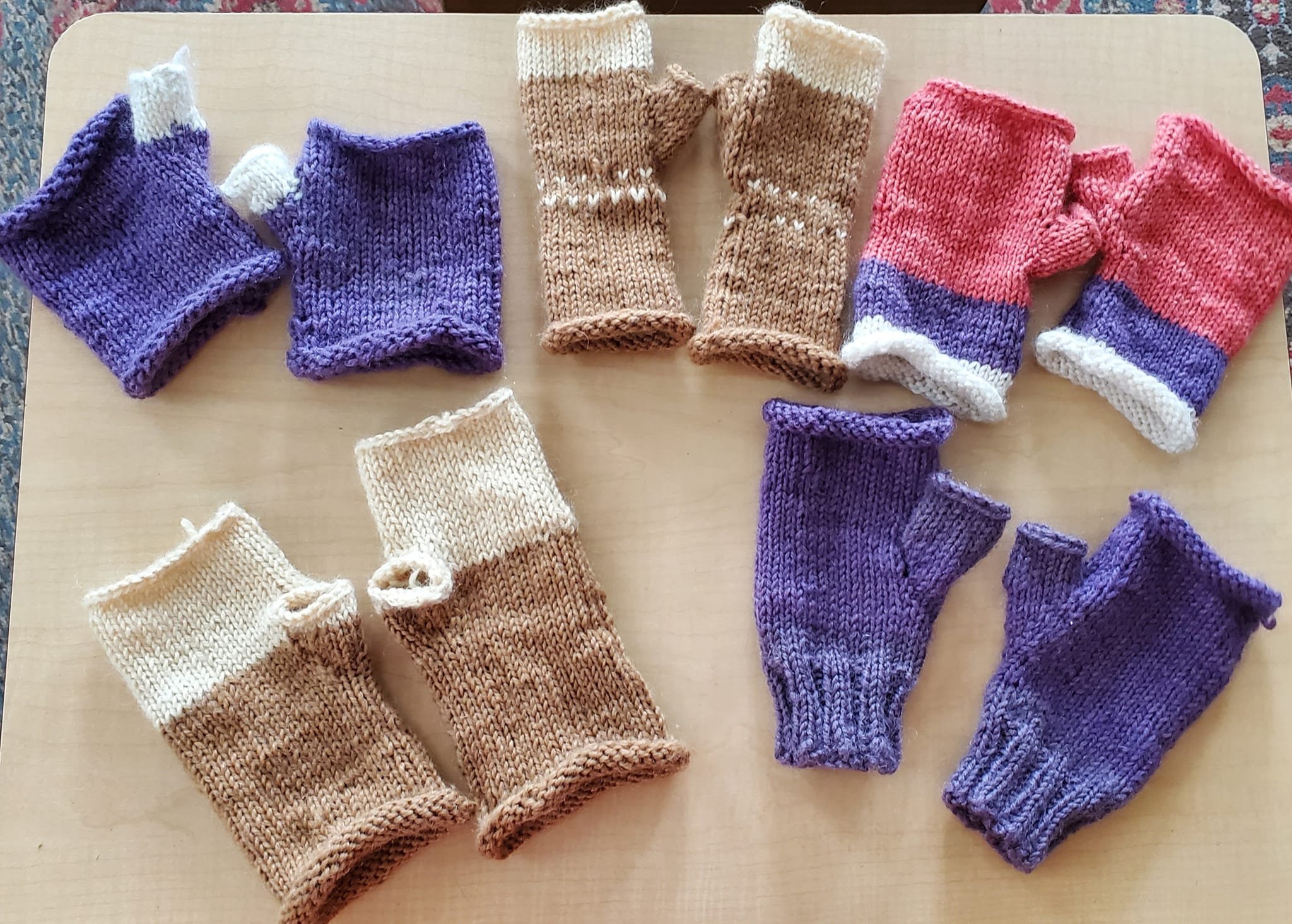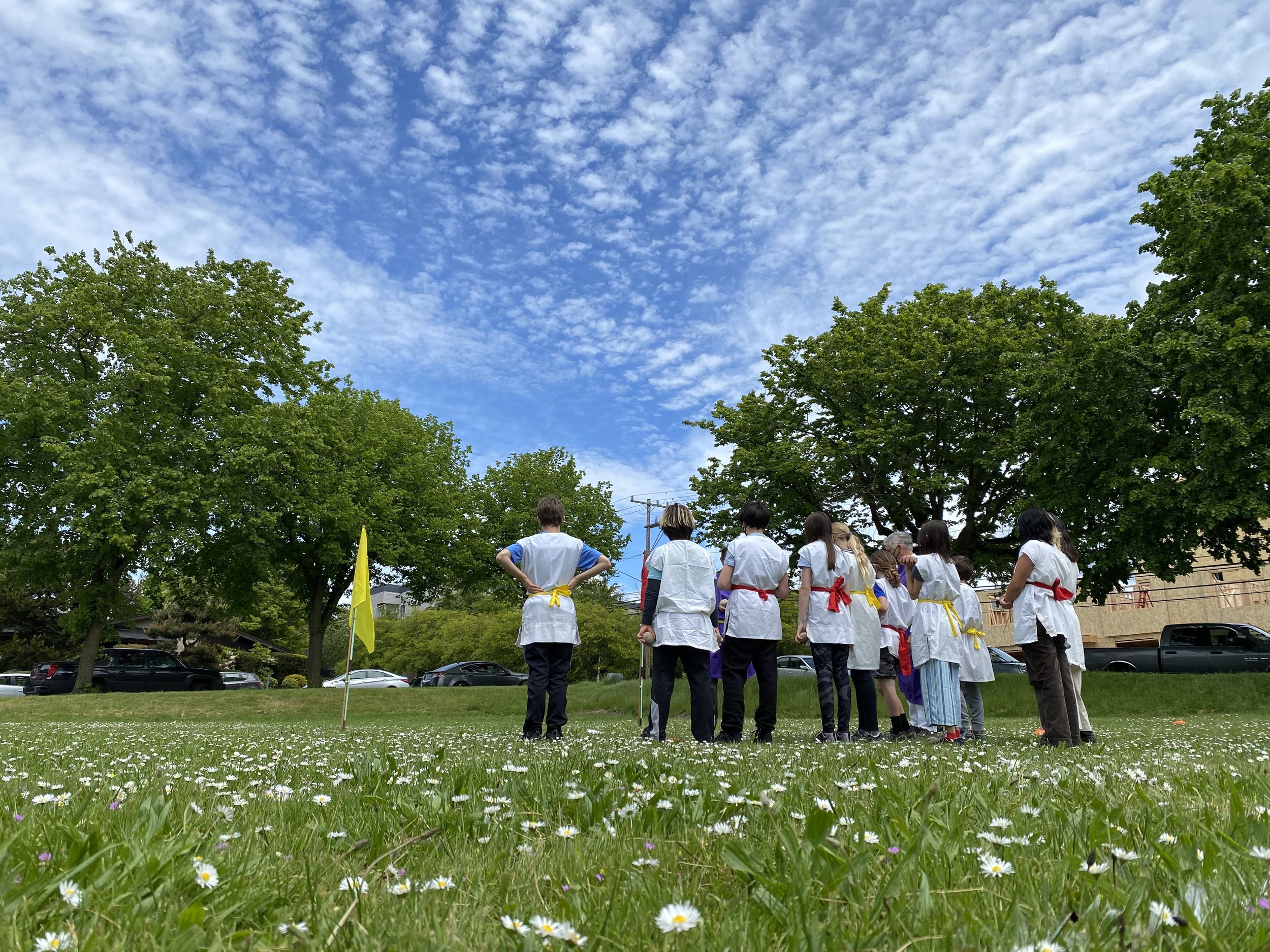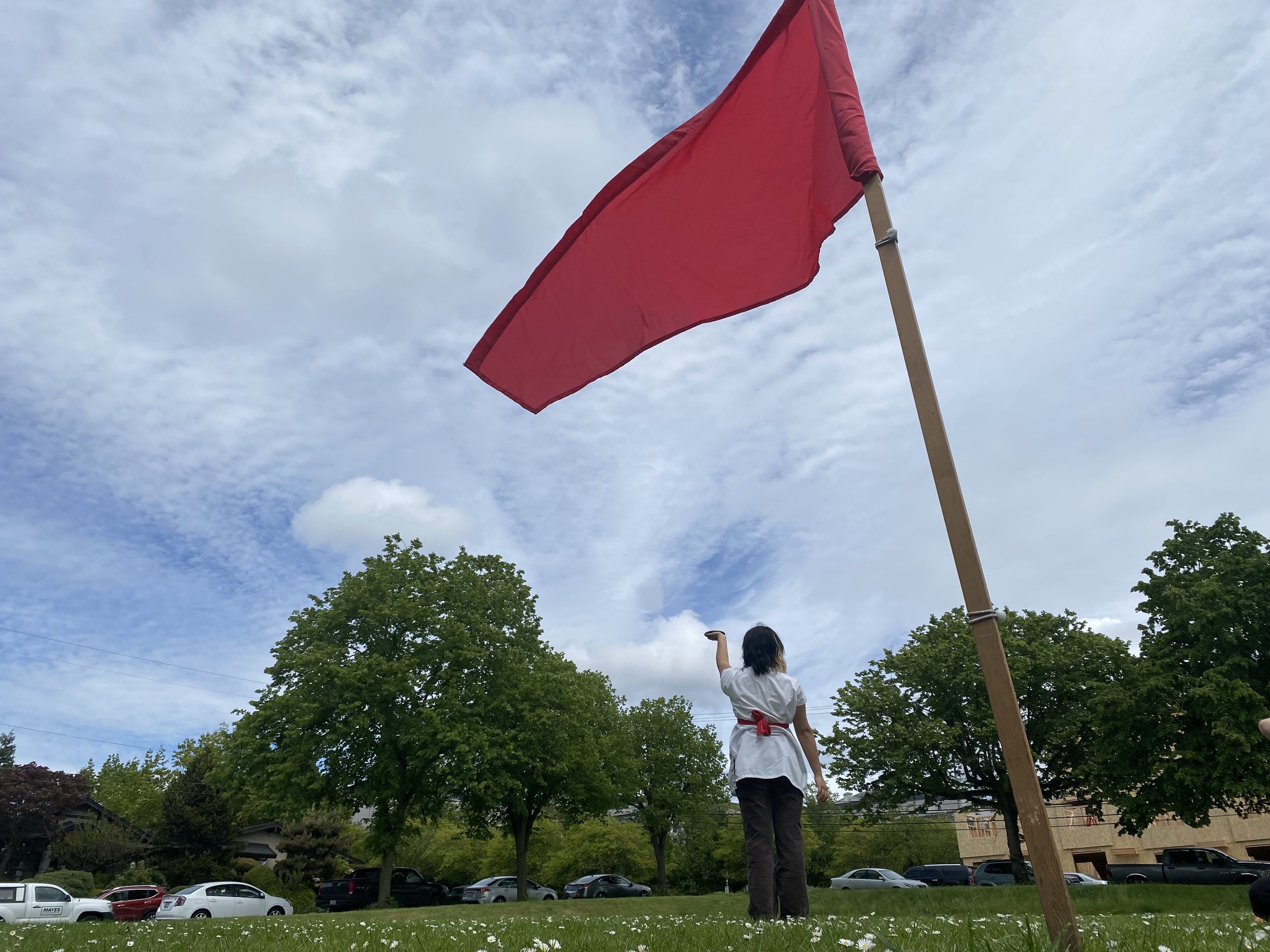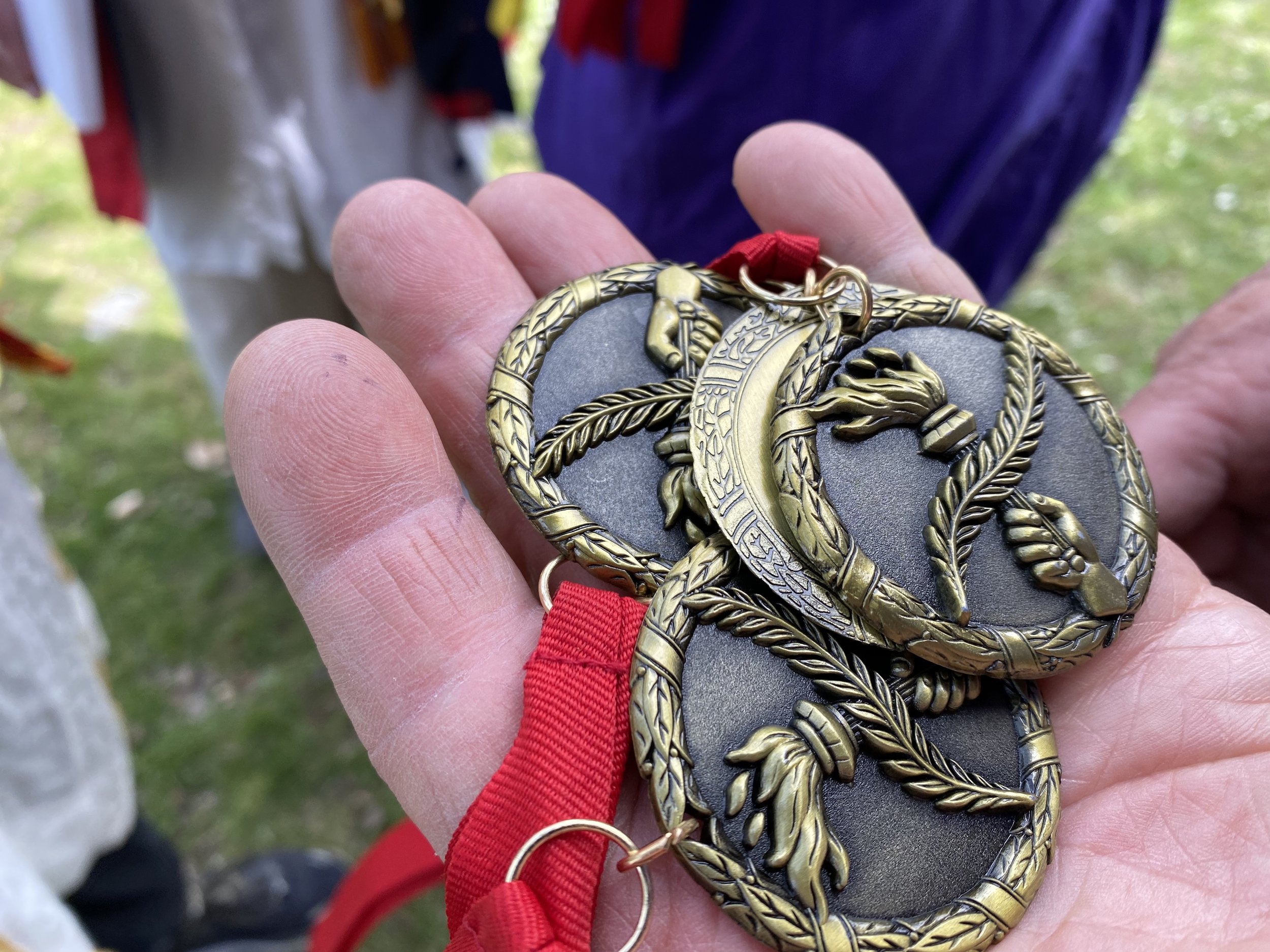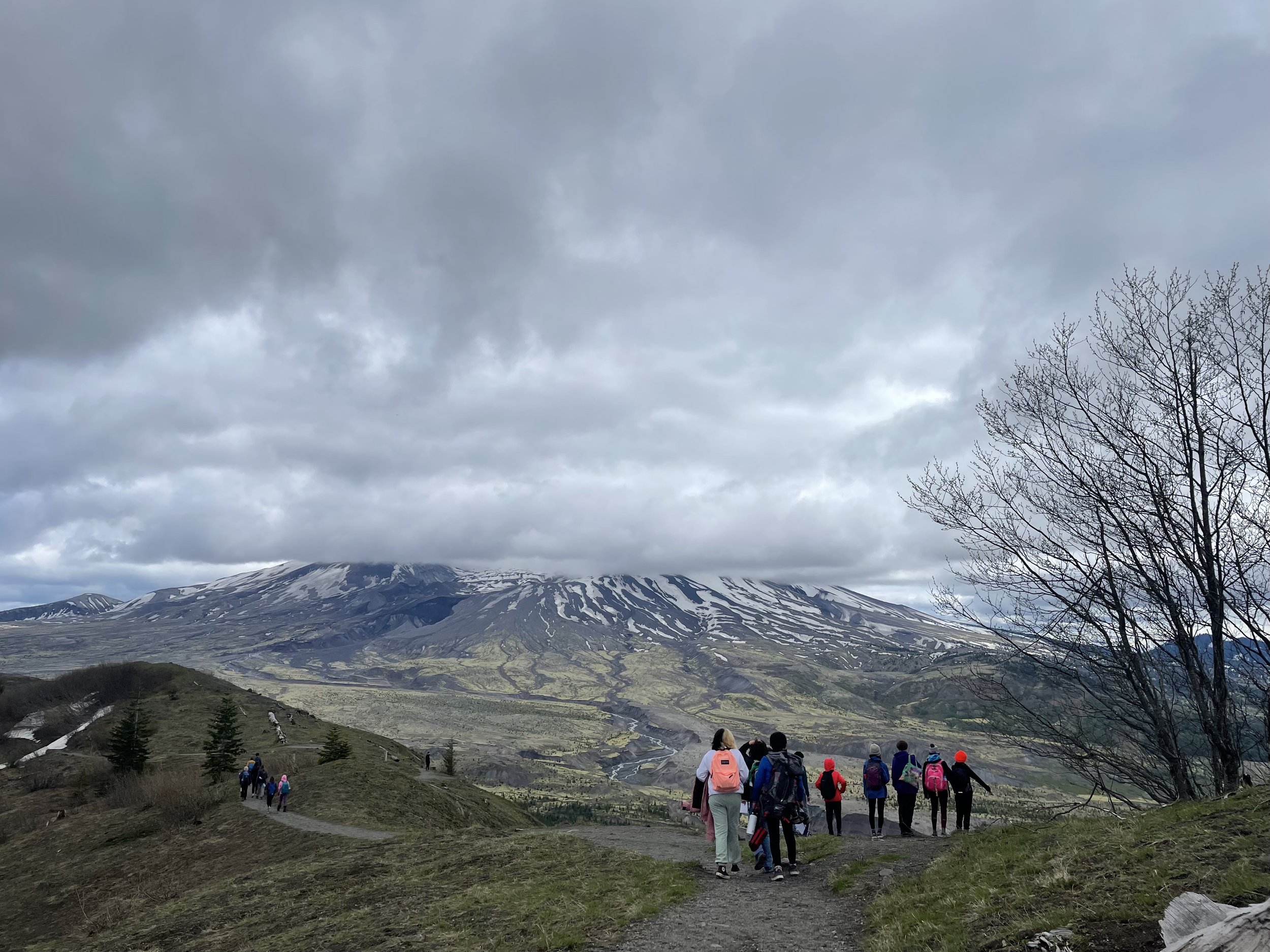Grade Five
grade five Learning Objectives
MAIN LESSON SKILLS
Personal and academic responsibility, punctuality with deadlines
LANGUAGE ARTS
Greek mythology, ancient civilizations, independent writing, reading, composition book reports, grammar, biographies of key cultural figures, drama
MATHEMATICS
Decimals, fractions, metric system, freehand geometry
SCIENCES
Botany, zoology, entomology
GEOGRAPHY
North American geography, Native American cultures
WORLD LANGUAGE
Japanese
HANDWORK
Knitting in the round (4-5 needles), plant dyeing yarn
MUSIC
Band or orchestra, chorus, major and minor Keys
PHYSICAL EDUCATION
Pentathlon training (discus, javelin, long jump, wrestling, running), rhythmic exercises; weekly Aikido classes
ART
Painting, geometric drawing, form drawing, clay modeling
“As any accomplished knitter will tell you, ten and eleven year olds who can create three dimensions with needles, yarn, and their hands have an enviable familiarity with math and design. ”
Fifth grade is a time of relative balance between childhood and adolescence, between the inner feeling world and the emerging world of intellectual objectivity. Now it is possible to direct their gaze outward into the world while becoming ever more conscious of the world within.
Looking outward, fifth graders observe the world of plants by studying Botany. With roots firmly anchored and leaves reaching out to the light, the plant stands in harmonious balance between earth and sun. Students begin by observing and drawing the plants in Volunteer Park, and expand upon their study and observation skills with field trips to surrounding parks, gardens, and nature conservatories.
The curriculum of the fifth-grade mirrors this balance by beginning with the creation myths of Ancient Persia, Mesopotamia, Ancient India, and Egypt and culminating in the study of Ancient Greece. Students train all year for the Greek Games, a classic Olympiad competition held at the end of the year with other area Waldorf schools. They also continue to plot their place in their world and cultures through a study of North American geography and history. The students look at different regions and hear stories about how inhabitants have interacted with the land.
In Language Arts, the students edit papers for capitalization, punctuation, and spelling. Parts of speech, verb tenses, and the active and passive voices of a verb are presented. Letter writing is introduced. Dictations and spelling lists are part of the weekly rhythm in fifth grade. Fifth graders write on main lesson themes and life experiences. In Math, students continue their work in fractions, and decimals are introduced. Form drawing moves into freehand geometric drawing, an introduction to geometry.
The students begin woodworking - carving, sanding and forming a convex shape (egg form). In Handwork, they become accomplished knitters by knitting hand-warmers. In music, they begin to play violin and cello in small ensembles. They also learn to sing and play recorder in parts to find the balance between the individual and the harmonious whole.
Subject Classes
Japanese
In the fifth grade, students are preparing for middle school, taking on increasing responsibility for their knowledge and understanding. Fifth grade is a dynamic year of individual growth. Students’ creative and imaginative capacities are applied to language learning in oral and written forms, cultivating a personal connection to the language. The students are not only learning new content, but also reviewing what they have learned in previous years for a comprehensive understanding of the language. In addition to absorbing the language through conversation and greetings, song, poetry recitations, games, and cultural stories, students gain exposure to simple grammar and sentence structures of the language. They begin to read, write, and manipulate verbs and adjectives. Main lesson curriculum and habits are reinforced through the target language.
Handwork
In fifth grade, the students enter a more balanced stage in their development and are ready for more challenging work. They take up knitting again, but this time with multiple needles. The students learn how to create their own fitted hand warmers using arithmetic and mathematical progression. They also get introduced to abbreviations and terms used in most knitting patterns. In a visual way, Handwork shows how foundational skills and habits for learning are developed in each child as he or she moves towards middle school.
Movement
The fifth-grade student has reached the high point of childhood, generally the last year before the onset of puberty. The student is still living in the forces of the blood and breathing. Her will is connected with the rhythmic system (blood, heart and lungs) and running becomes an important tool for experiencing this system. Fifth graders are still able to run with a certain amount of freedom, and their form is most often naturally perfect.
Greek Games training helps to bring nuances to movements and provides an opportunity to experience different forms. Different forms include the use of vortexes, spirals and arches to find power in the sagittal plane. Space is a critical factor in the fifth grader’s experience, particularly in games. She is just learning to differentiate between her own space and that of others. Collisions become quite common and part of learning to navigate through different spaces. In addition to training for the Greek Games and the five athletic disciplines (discus, javelin, Greek wrestling, long jump, and running), the fifth grader also participates in chasing and tagging games, cooperative games, games with more complicated rules, and ball throwing and catching activities.
String Ensemble
There are three goals for Strings class in the 5th grade.
1. Technical skills: Work to advance the technical skills of the student by solidifying the bow hand and left-hand skills. Work on posture is also emphasized. The goal is to make holding and playing the violin or cello comfortable and natural.
2. Music reading: Work on learning the skills needed to read music well enough to play in an ensemble.
3. Ensemble playing: The students start to play pieces that are in two or three parts.
They are introduced to various musical styles. We play a variety of repertoire that includes music that they are singing or playing on their flutes in main lesson and music that they are singing in their language classes. There are many opportunities to perform in front of an audience during the school year.
Woodwork
Woodworking lessons promote dexterity and skill. In addition, the rhythmically repeated movements and exercises using the hands help to strengthen the will and the capacity for logical thinking. Woodworking lessons have a practical purpose and awaken a social awareness for the work of other people. Respect for the source of material is the first stage of individual responsibility for the environment and resourcefulness. Students begin to carve eggs out of soft basswood. This first project gives them a sense of a convex shape as they learn to work three dimensionally.
Environmental Education
The students explore the environment close to their home in Local History and Geography and explore the animal kin-dom in Zoology.
Curriculum Trips
Students in Fifth grade participate in the Greek Games, where they join other Fifth grade Waldorf students from the surrounding area for two days, to compete in javelin, discus, relays, wrestling and long jump.
